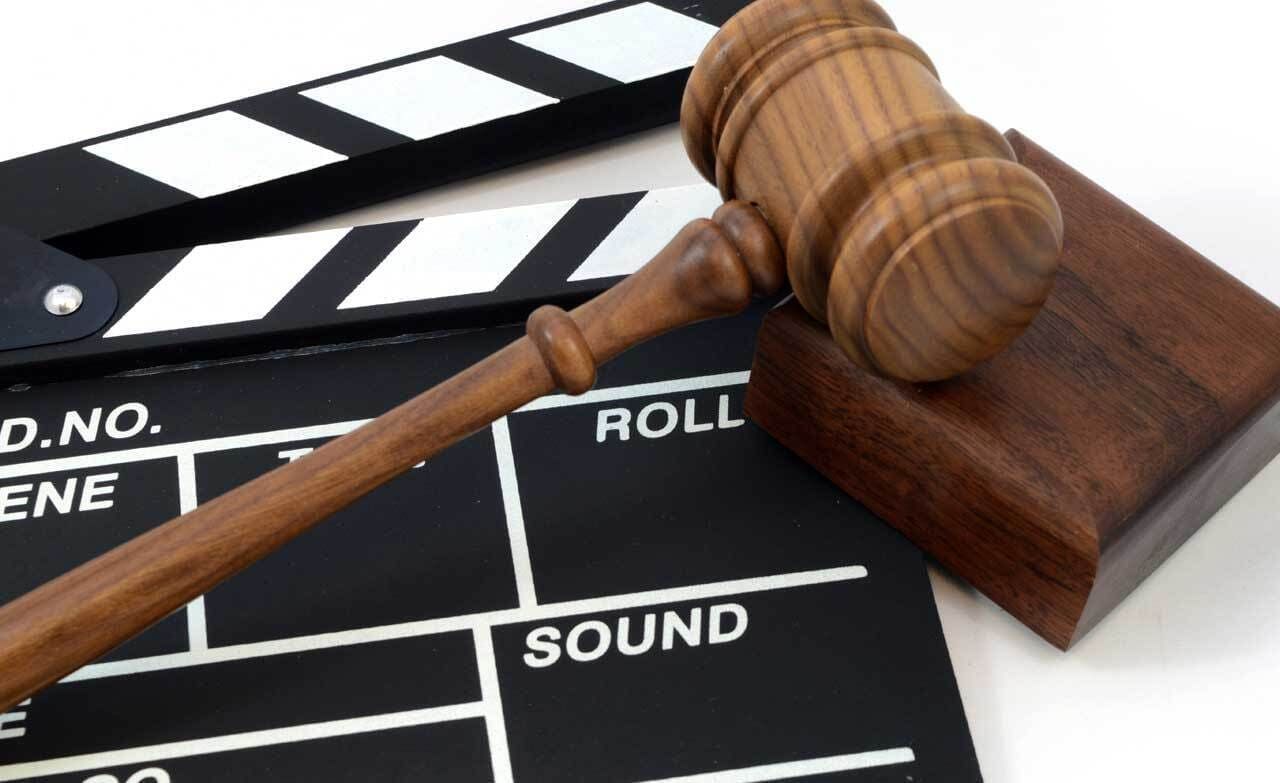1.0. INTRODUCTION
Over the years, sports have evolved beyond the receptive games to be played for either leisure or regional competition to global commercial enterprises. With events such as the FIFA World Cup, the UEFA Champions League, and the Olympics, one could argue for the gradual globalisation of sports. However, a deeper review of this process reveals the step-by-step adoption on technology and media in the said globalisation; and this in turn opens a whole world of issues around intricate productions involving intellectual property, sponsorships, media rights, and extensive contractual framework. What appears onscreen on-demand, is underpinned by meticulously crafted legal and business arrangements that enable cross border entertainment, while also embracing innovation, and advancement of commercial value as well as the mechanism for its protection. This article will comment on lifecycle of sports media and branding rights, providing a legal and commercial roadmap for international stakeholders, with a core mention of Nigerian legal framework.
1.1. The Games Before The Game: Where Rights Begin
A sporting event seen on screen represents a combination and intersection of rights, agreements, and negotiations established long before the game itself. Elements such as match footage, player imagery, and pitch-side ads are meticulously claimed, licensed, or sold by stakeholders ranging from governing bodies like FIFA and CAF to individual clubs and players.
Governing bodies like Fédération Internationale de Football Association (FIFA) or Confederation of African Football (CAF) often control broadcasting rights and official branding; Clubs handle their trademarks and merchandising, while players, depending on the jurisdiction and their contracts, may retain significant control over image use.
In Nigeria, these rights are governed primarily by the Copyright Act 2022, the Trademarks Act, and general contract law. Globally, the WIPO Draft Broadcasting Organizations Treaty seeks to provide unified protection against transnational piracy, though its implementation remains pending.
While legislation is germane, the allocation of rights determines visibility, which in turn dictates commercial value. For example, a sponsor may invest significant resources for their brand to appear prominently on a player’s jersey; if the broadcaster’s camera angles fail to display this placement effectively, disputes may arise over liability, highlighting the complexity of coordinating rights and visibility.
1.2. Broadcasting: The Soul of Sports Economics
Broadcasting rights, legal licenses, which grant entities the authority to record, transmit, and distribute sporting events across television, radio, and digital plat- forms, form the backbone of the sports economy. These rights influence how and where sports are consumed, and more importantly, who profits from them. Broadcasting deals often determine the visibility of a sport or league. A single contract can propel a domestic competition to international fame or render it virtually invisible. Broadcasting contracts typically divide rights by territory, impose exclusivity, and adhere to strict timeline.
SuperSport’s exclusive broadcasting rights for the English Premier League in Nigeria exemplify how market power and legal exclusivity intersect and give an indication of the high stakes involved.
The high stakes of these deals invite fierce legal battles. Unauthorised broadcasting — even a short clip aired by a local station — can trigger swift legal action: injunctions, takedown notices, and litigation under intellectual property and broadcasting regulations.
Nigerian courts are increasingly proactive in addressing violations, issuing in- junctions and damages to safeguard broadcasting rights. This was clear in the cases of Nigerian Copyright Commission v. Joseph Daomi (1) and Nigerian Copyright Commission v. Stanley Nwankwo (2) where the accused were both convict- ed for the illegal distribution of a broadcast signal.
Notwithstanding these strides, the digital age has further complicated enforcement. Pirated content spreads rapidly through social media and messaging apps, outpacing legal remedies. Even the most robust broadcasting contracts may falter when faced with jurisdictional challenges or technological barriers.
1.3. The Screen as a Billboard-Sponsorship Rights and Deals
Sponsorships are where legal rights and commercial branding meet. Imagine a football match with no logos, branded kits, or digital billboards — it would look almost unfamiliar. Sponsorships transform the broadcast screen into prime advertising opportunities.
Sponsors don’t pay to support the game per se; they pay for visibility — to have their brand appear on screen, in post-match highlights, and across social media. Consequently, sponsorship contracts are heavily negotiated, and often include exclusivity clauses- preventing rival brands from sharing screen space-, morality clauses- allowing termination if an athlete damages the brand’s reputation- and 0n-screen guarantee clauses- ensuring brand visibility during key moments. Legal disputes may arise when a player’s personal sponsorship conflicts with the team or league’s official sponsors. These cases often require arbitration or court intervention to interpret competing contractual obligations.
1.4. Protection and exploitation of Image Rights: An Athlete’s Brand
As athletes gain popularity, their image rights become valuable assets, especially when it comes to sports broadcasting and sponsorship deals.
Athletes are no longer just competitors; they are influencer, brands, and public figures. Image rights — the legal right to control the commercial use of one’s identity — encompass name, likeness, signature, voice, and other personal at- tributes.
1. Trademark Registration
Athletes can register their name, logo, or signature as trademarks under the Nigerian Trademarks Act.(3) This grants them exclusive commercial rights and legal recourse against unauthorised use.
2. Passing Off
Under Nigerian common law, an athlete can sue for “passing off” where their image is used without consent in a way that causes reputational or financial harm. However, for such claim to succeed, they must show goodwill, misrepresentation, and damage (see NOKIA Corp v. Intercellular Nigeria Ltd).(4)
3. Contractual Protections
Image rights agreements which are sophisticated in nature often accompany endorsement and sponsorship deals, setting out the way and manner in which an athlete’s likeness can be used, as well as the duration.
2.0 Challenges and Emerging Legal Questions
As the sports industry evolves, so do legal challenges. Key recurring questions include:
Who owns broadcast footage — the league, broadcaster, or athlete? And to what extent does this ownership lie?
How should courts resolve conflicts between personal image rights and league broadcasting rules?
What remedies exist for athletes whose images are exploited online with- out consent?
A limitation to image rights still lingers, while copyright under the Copyright Act 2022 protects original works like photographs and videos, it does not ex- tend to personal identity. For example, a photo of an athlete is owned by the photographer, not the athlete — unless transferred.
3.0 Conclusion
In Nigeria and beyond, sports are no longer just about goals and glory, it has mutated into a high-stakes legal arena involving complex rights, cross-border contracts, and millions in sponsorship and broadcasting revenue. Whether it’s a shaky Facebook Live stream, a branded jersey, or a player’s endorsement deal, every piece of the game is backed by a legal contract.
For stakeholders — athletes, sponsors, broadcasters, and regulators — under- standing and enforcing these rights is critical. While Nigeria’s legal framework is still evolving, robust use of intellectual property law, contract law, and com- mon law principles can offer meaningful protection.
- 55 NIPJD [FHC, 2012] MKD/CR/38
- 55 NIPJD [FHC, 2012] ABJ/CR/14/2011
- Cap T13, Laws of the Federation of Nigeria 2004
- (2003) 12 v Pt 836, 22






